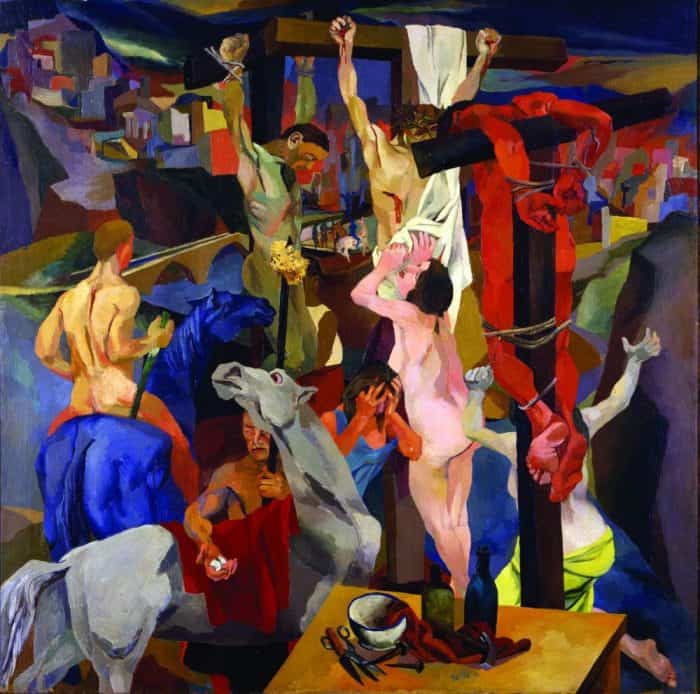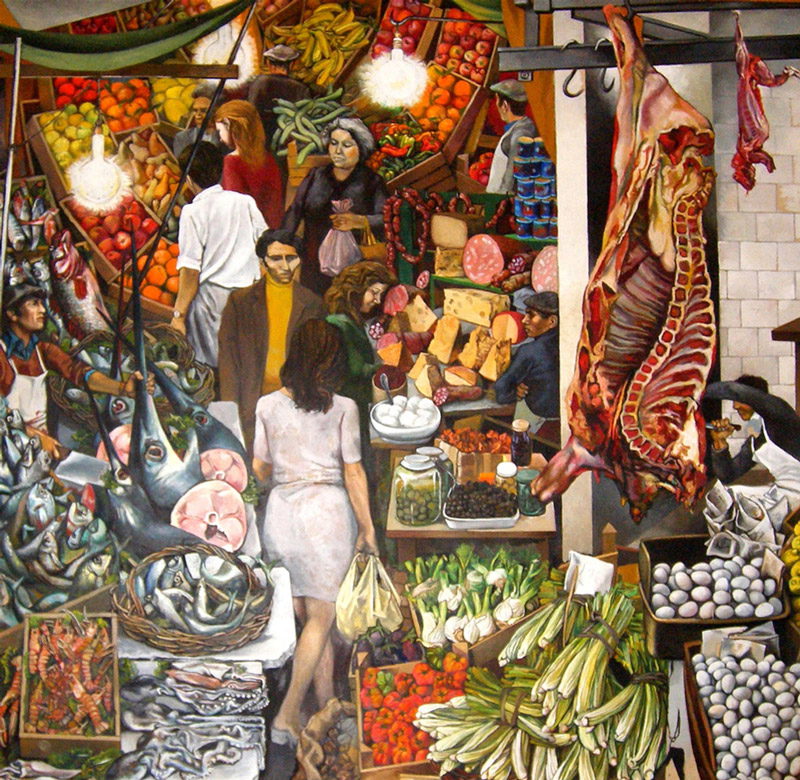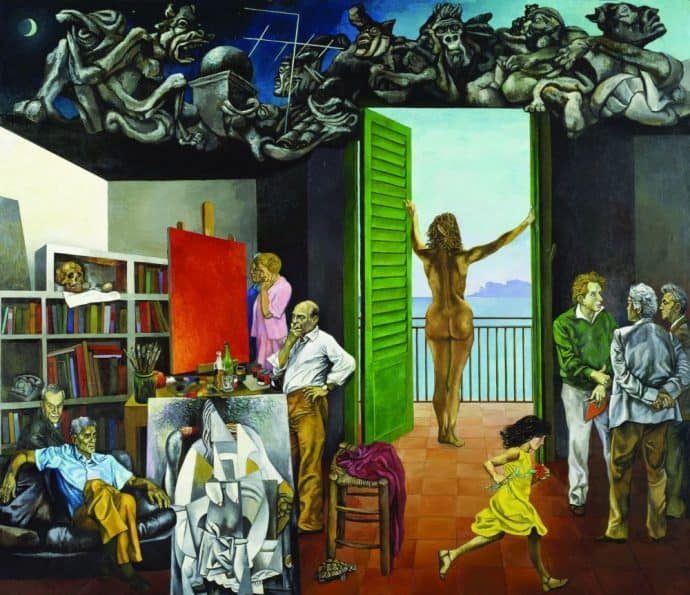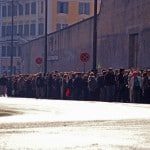A neo-realist artist, considered one of the most important artists of the 20th century.
A painter and polemicist who was rigorously anti-fascist, Renato Guttuso (1912-1987) remains one of the most controversial painters of the 20th-century. Guttuso’s initial introduction to the art world came through his father, an amateur watercolorist, who spurred him to paint. A few short years later, his works debuted at Rome’s prestigious Quadriennale exhibition. Artistic expression in Mussolini’s Italy, however, was under the thumb of a fascist government responsible for the Novecento movement. Its followers rejected European avant garde art and hoped to revive the tradition of large format history painting in a classical manner. Guttuso, whose family had personally endured persecution by fascists, was left-wing and a self-declared communist. In protest, he aligned his brush and political views, creating art that often served as a sharp, social critique.

Where to see the works of Renato Guttuso
There are many museums in Italy that preserve works by Renato Guttuso: in fact, the Sicilian was a very prolific artist and his art can be appreciated throughout Italy. The landmark museum for the artist is the Museo Renato Guttuso in Bagheria, opened in 1973 in his hometown (it is housed in the Vill Cattolica building), following a donation of some of his works to the city. in Milan at the Museo del Novecento, at the Galleria Nazionale d’Arte Moderna e Contemporanea in Rome (here is the famous Crucifixion of 1941), and then again in Palermo, at Palazzo Steri, where one of his masterpieces, the Vucciria, is preserved.

In Rome, the Accademia di San Luca also preserves works by Guttuso (the artist was an academician from 1960). The MAMbo in Bologna, on the other hand, holds I funerali di Togliatti. The two versions of Occupation of Fallow Lands in Sicily are kept abroad, the first in Budapest at the National Museum of Fine Arts, the second in Dresden.






